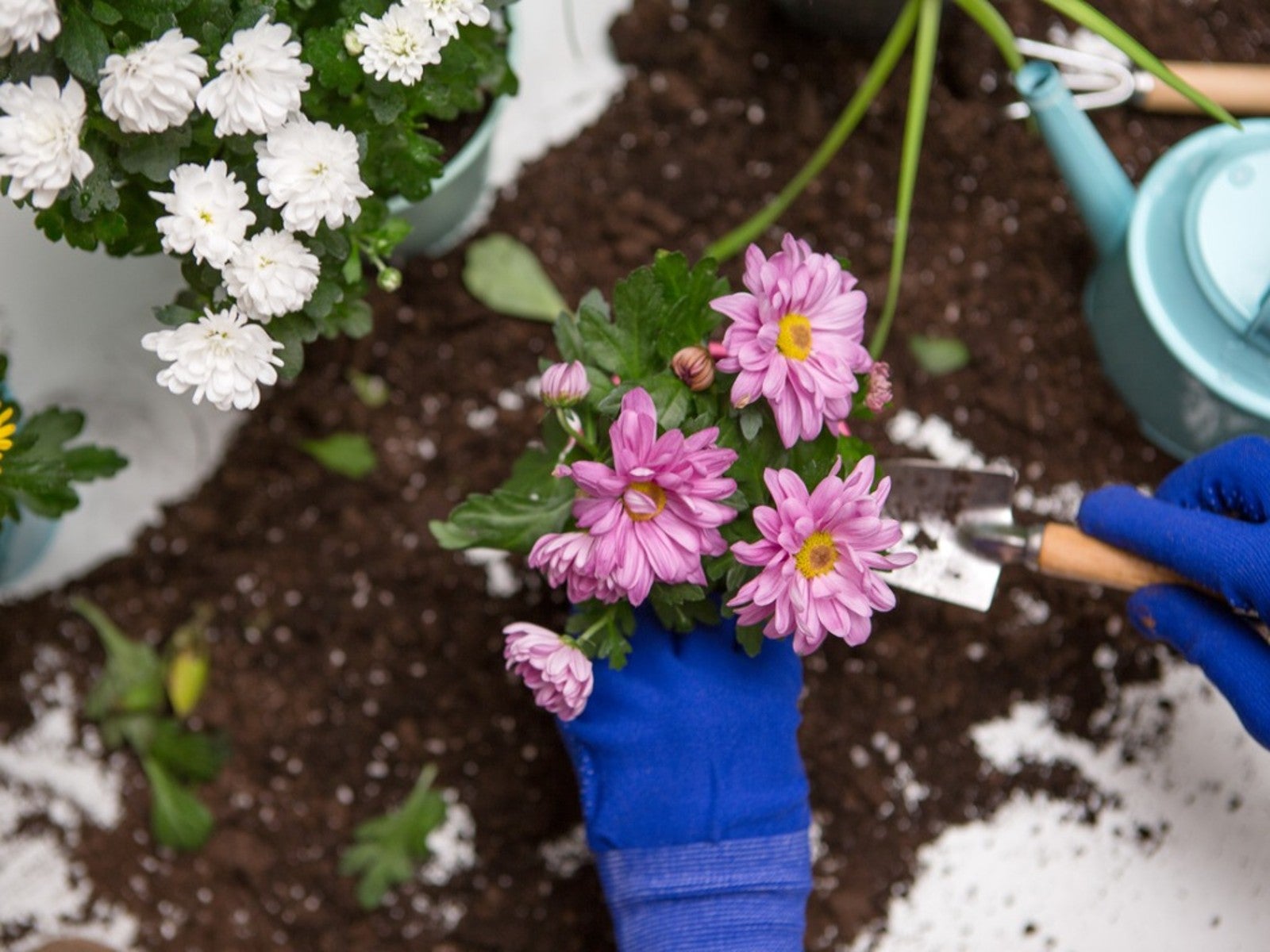Can You Split Mums? How To Divide The Fall Garden Favorites


Mums are synonymous with fall. Thanks to their late bloom period, these beautiful flowers make a much-welcomed addition to the home landscape. Potted mums from garden centers adorn porches, patios, and even indoor spaces. Though some choose to treat these flowers as an annual, many have found success wintering mums in garden beds. You may also wonder if you can divide mums. “Can you split mums” is a question we often hear during the fall months.
Best Time for Splitting Mums
Determining when to divide and transplant mums is key. Though it may be tempting to divide store-bought mums in the fall just as they slip into dormancy, most experts suggest waiting. Early spring is the ideal time in which the plant can be divided, because that's when the plant and its root system are more visible. This emerging growth makes it easier to make cuts and separate each segment.
In addition to multiplying your favorite varieties, plant division can help revitalize tired mums and encourage them to bloom. To keep the flowers blooming their best, it’s a good idea to divide chrysanthemums every 2-3 years.
How To Divide Mums in the Garden
Before mums can be divided, you’ll need to carefully remove them from the soil. Working a spade around the plant in a wide circle will help ensure that the roots are not cut or damaged while being dug. Once it’s lifted from the bed, shake the excess soil from the plant to get a clear view of the root ball.
The plant should reveal numerous growth tips. Using secateurs or a sharp garden knife, make cuts carefully between each growth point. Each new division should contain a growth point, as well as a section of the original root system. Once divided, new mums can be transplanted directly into the garden.
How to Divide Potted Mums
You may also choose to keep their mums in pots. As many varieties are hardy to cold, these plants are able to overwinter with ease. Like their garden counterparts, mums in pots should also be divided in spring.
Gently slip the plant from the pot and remove the loose soil. Each growing point can then be snipped apart, along with the connected section of the plant’s roots. New plants can be moved directly into the garden or potted-up into individual containers.
Gardening tips, videos, info and more delivered right to your inbox!
Sign up for the Gardening Know How newsletter today and receive a free copy of our e-book "How to Grow Delicious Tomatoes".
How to Care for Mums After Division
Though the process of dividing mums is relatively simple, new plants will require some special care. Newly divided plants are often susceptible to heat stress. This is especially true in early spring as outdoor temperatures begin to warm. Some gardeners find that a sheltered location helps to protect the plants from the sun during the hottest parts of the afternoon. Deep watering after planting and into summer will also aid in their continued development throughout the first growing season.

Tonya Barnett has been gardening for 13 years. Flowers are her passion. She has transformed her backyard into a cut flower garden, which she regularly chronicles on her YouTube channel http://www.youtube.com/@tonyawiththeflowers.
-
 Looking For Plants To Give You The Soft And Fuzzies? Try These 5 Fuzzy Leaf Plant Options
Looking For Plants To Give You The Soft And Fuzzies? Try These 5 Fuzzy Leaf Plant OptionsLovers of texture, drama, silver foliage and tactile plants will adore these special sensory garden additions. These fuzzy leaf plant options will leave you all aglow
By Susan Albert
-
 Get Ready For A Summer Of Hummers! Grow These Full Sun Hummingbird Plants and Flowers
Get Ready For A Summer Of Hummers! Grow These Full Sun Hummingbird Plants and FlowersIf you’re lucky enough to enjoy a sunny backyard, make sure you are maxing out on your pollinator opportunities and grow these full sun hummingbird plants and flowers
By Tonya Barnett